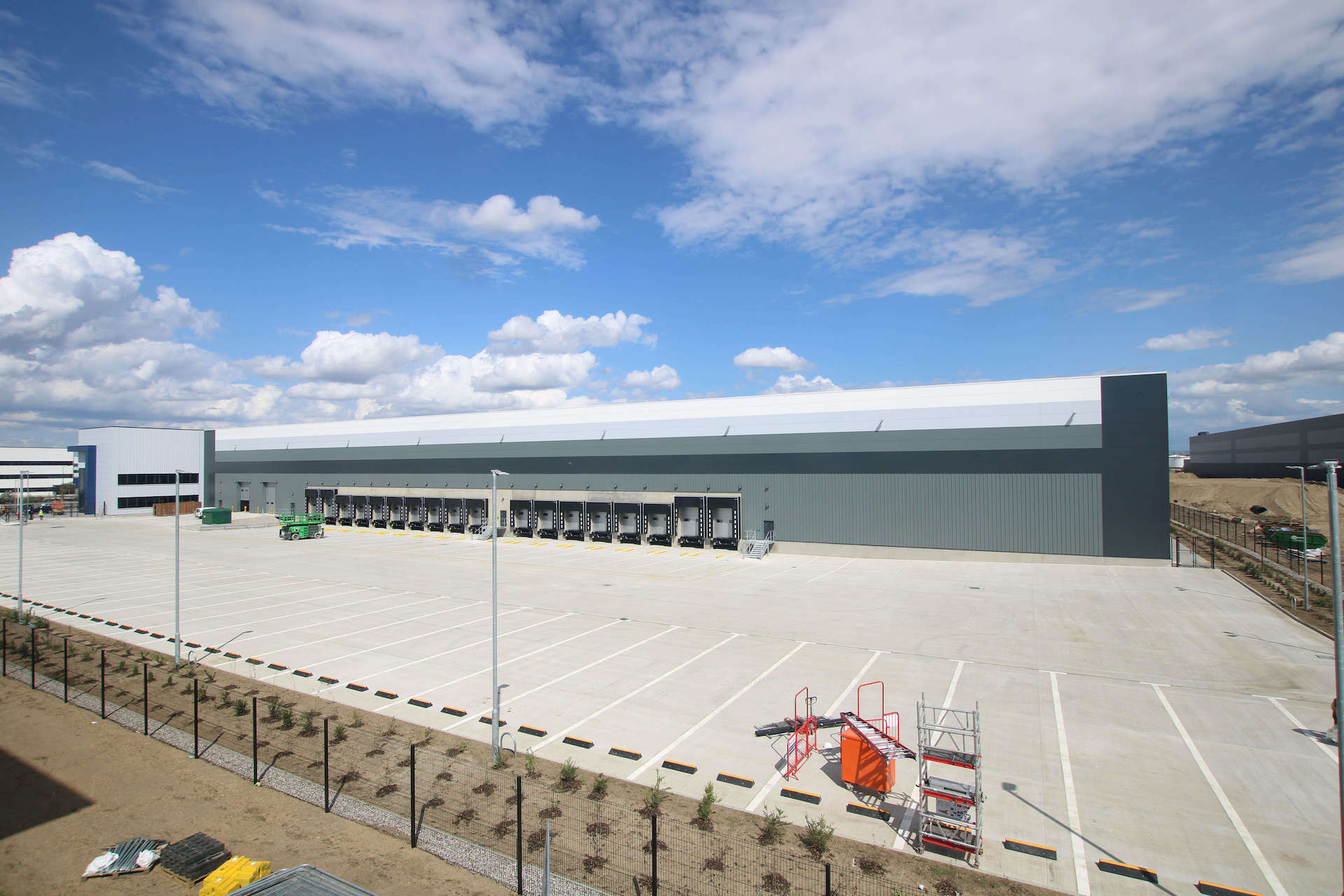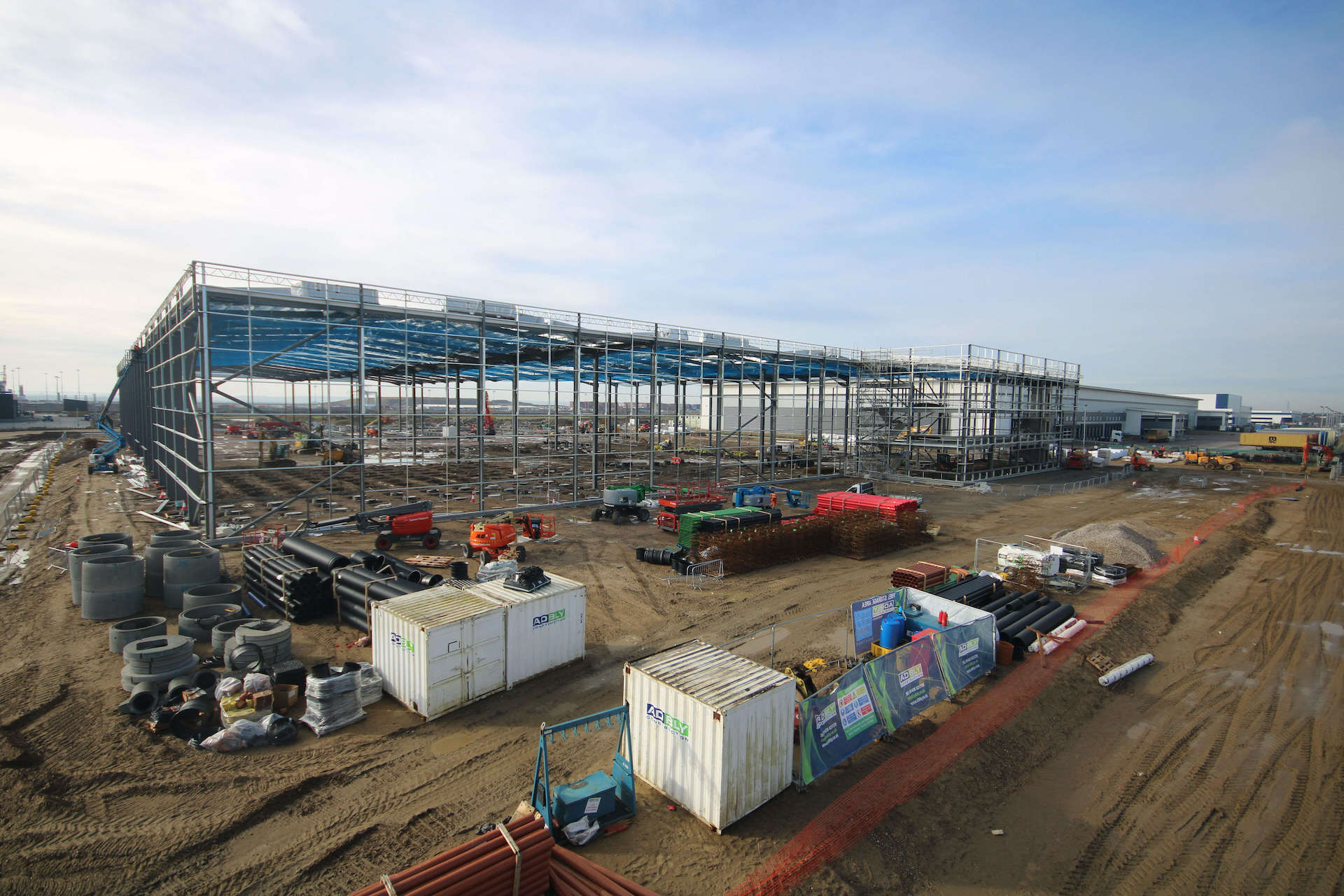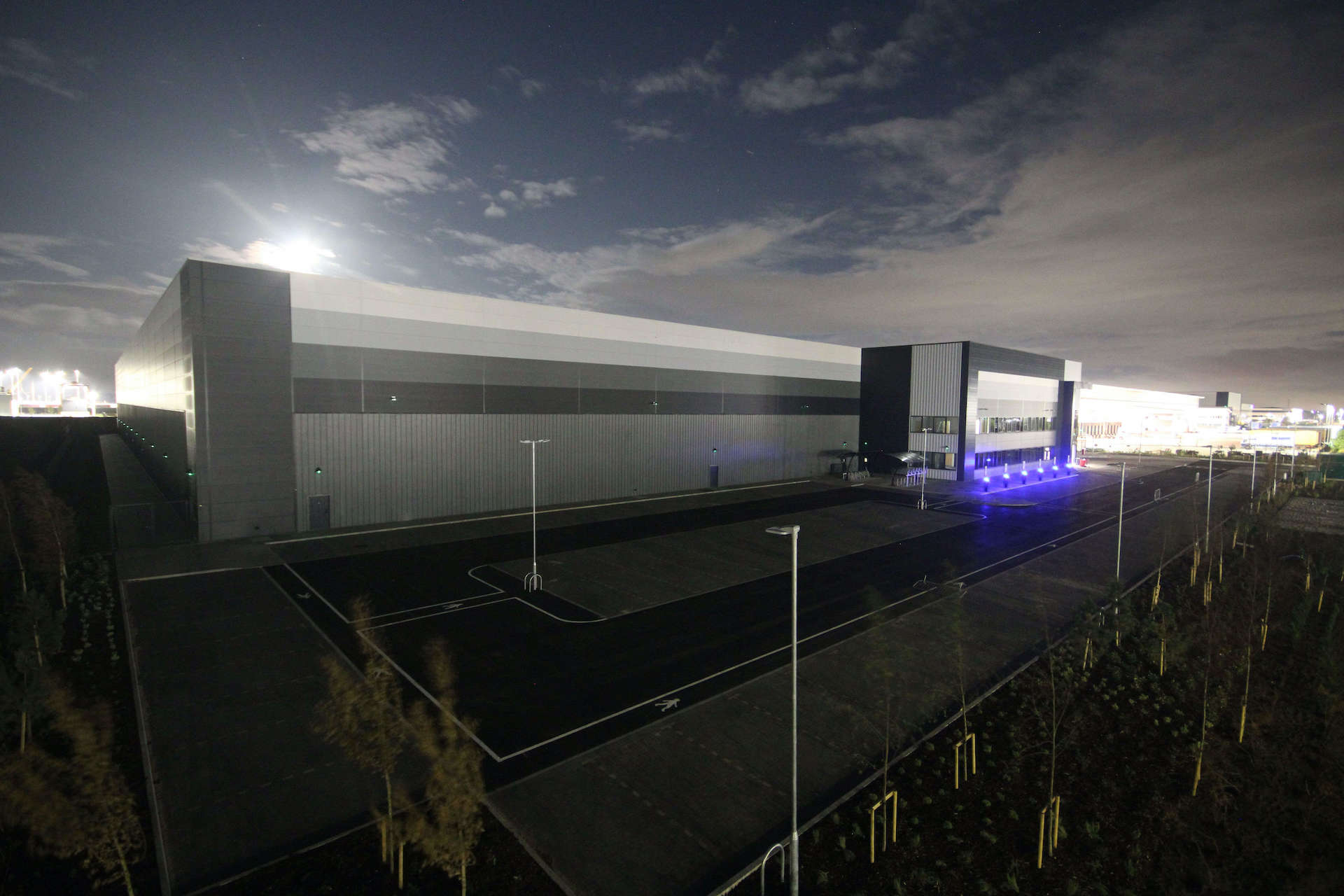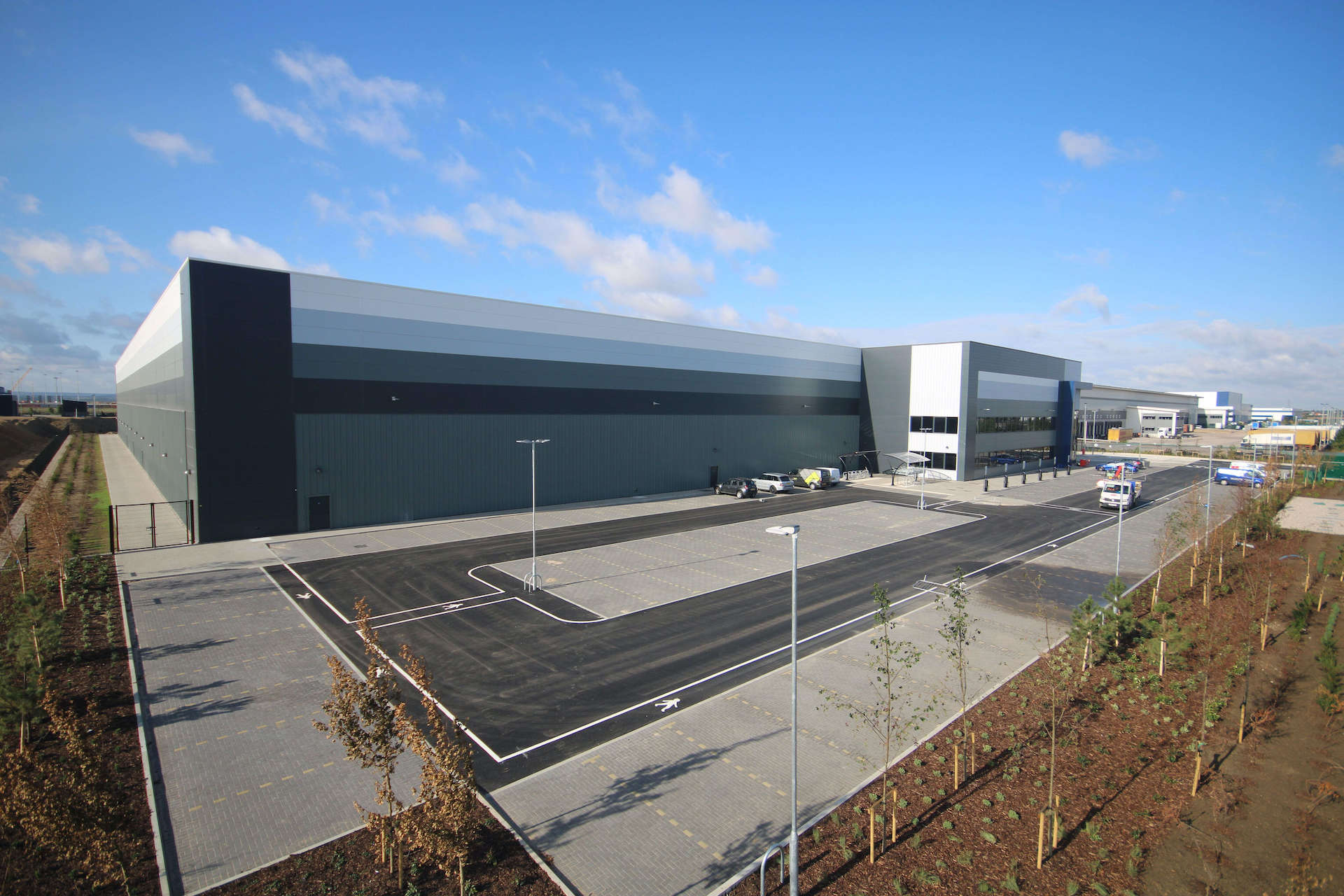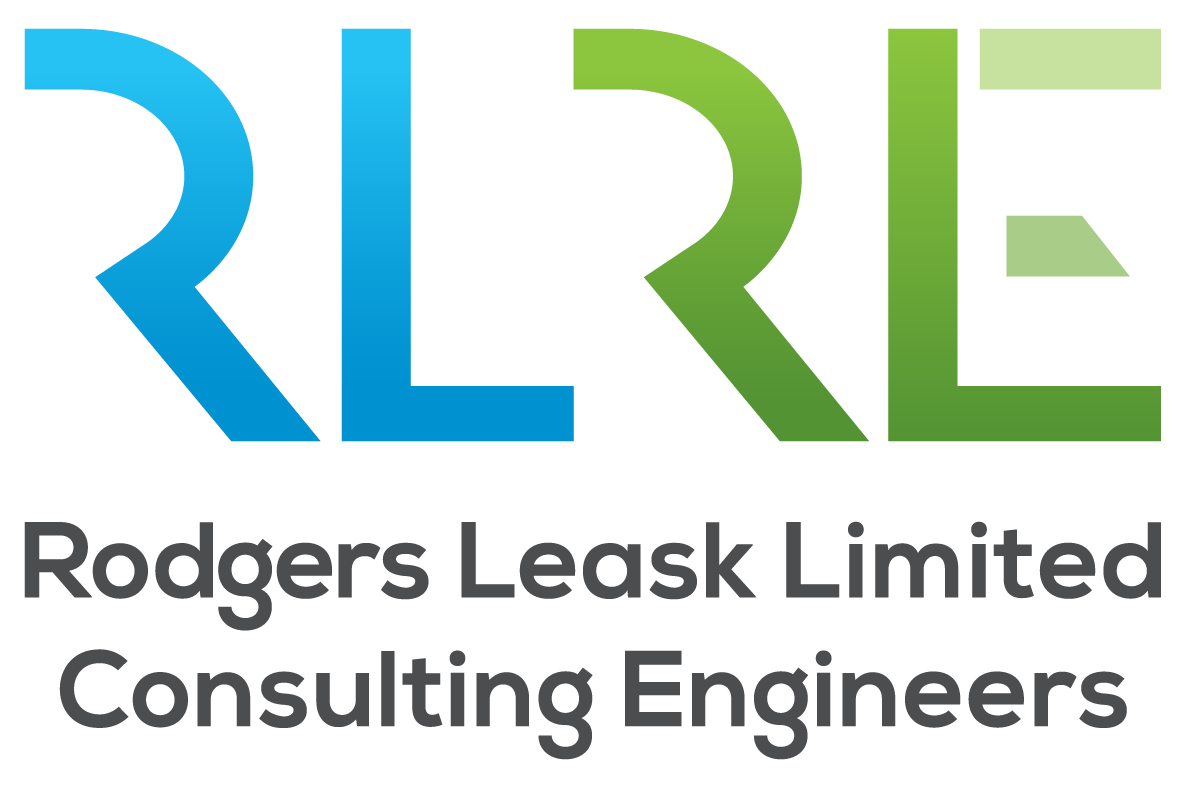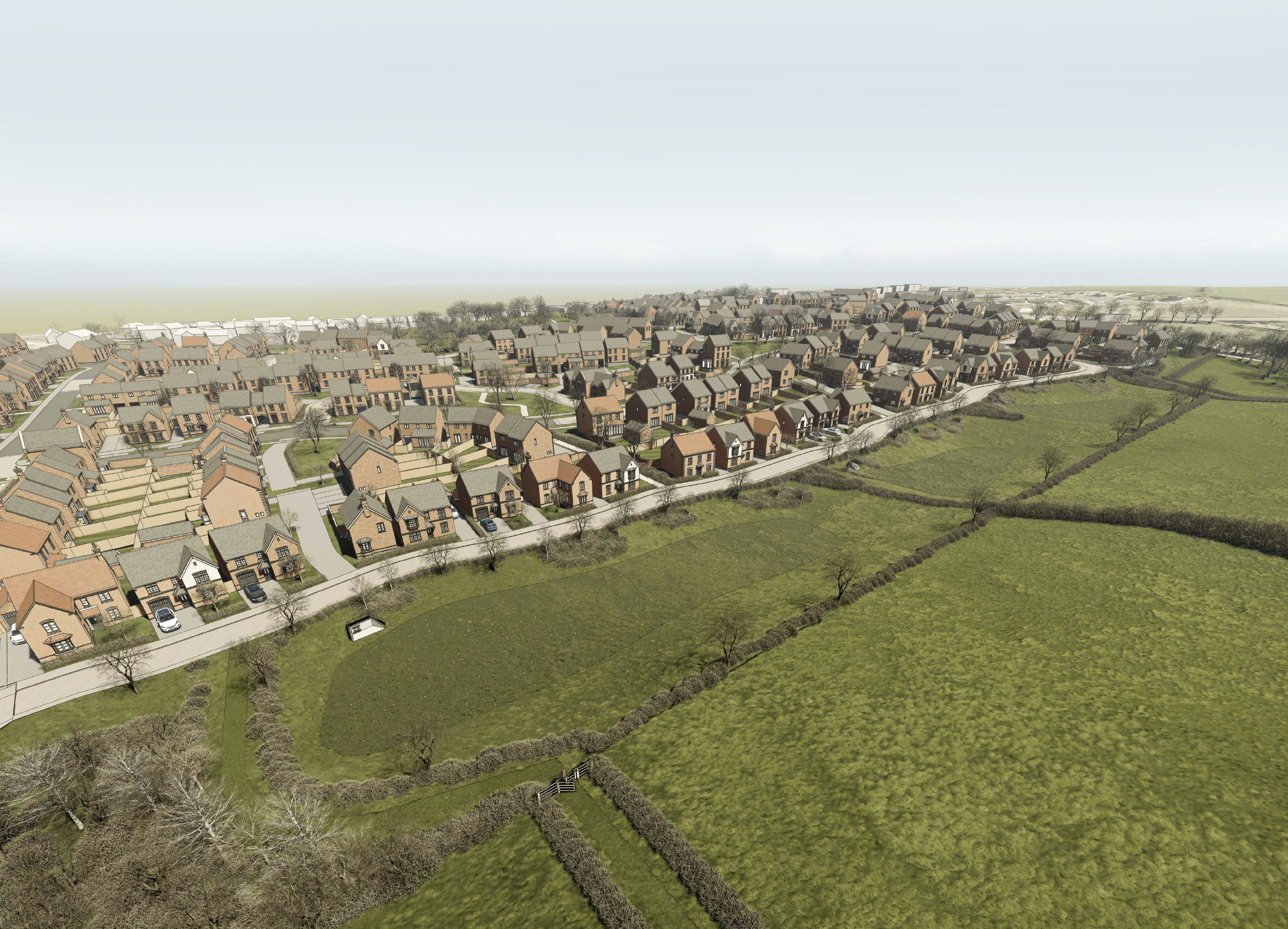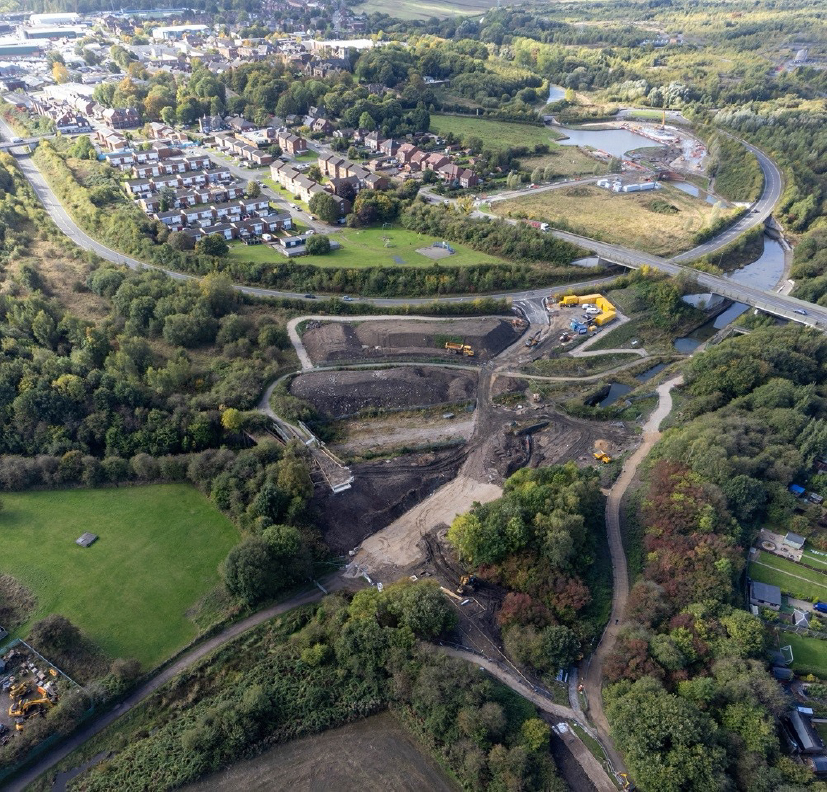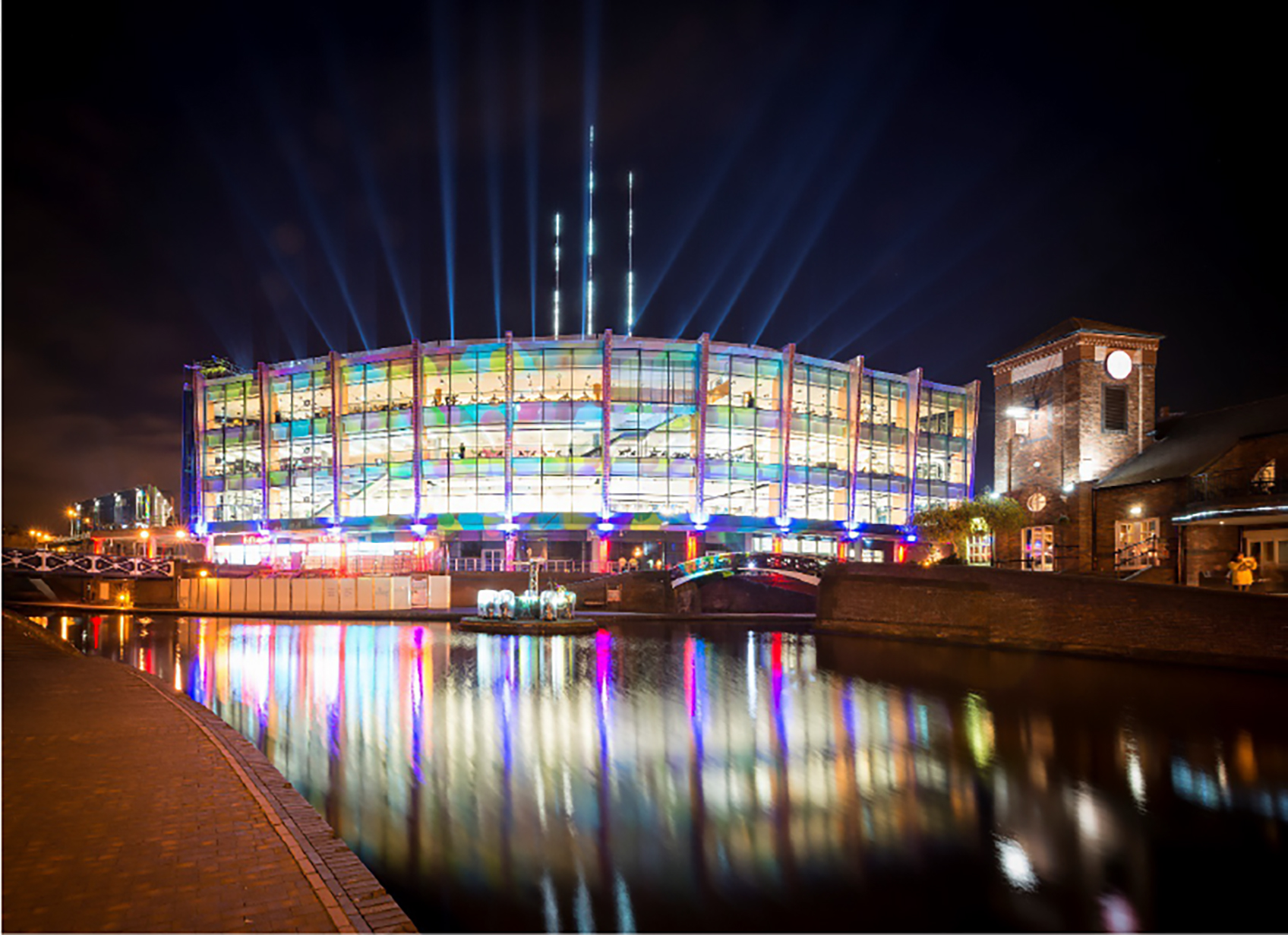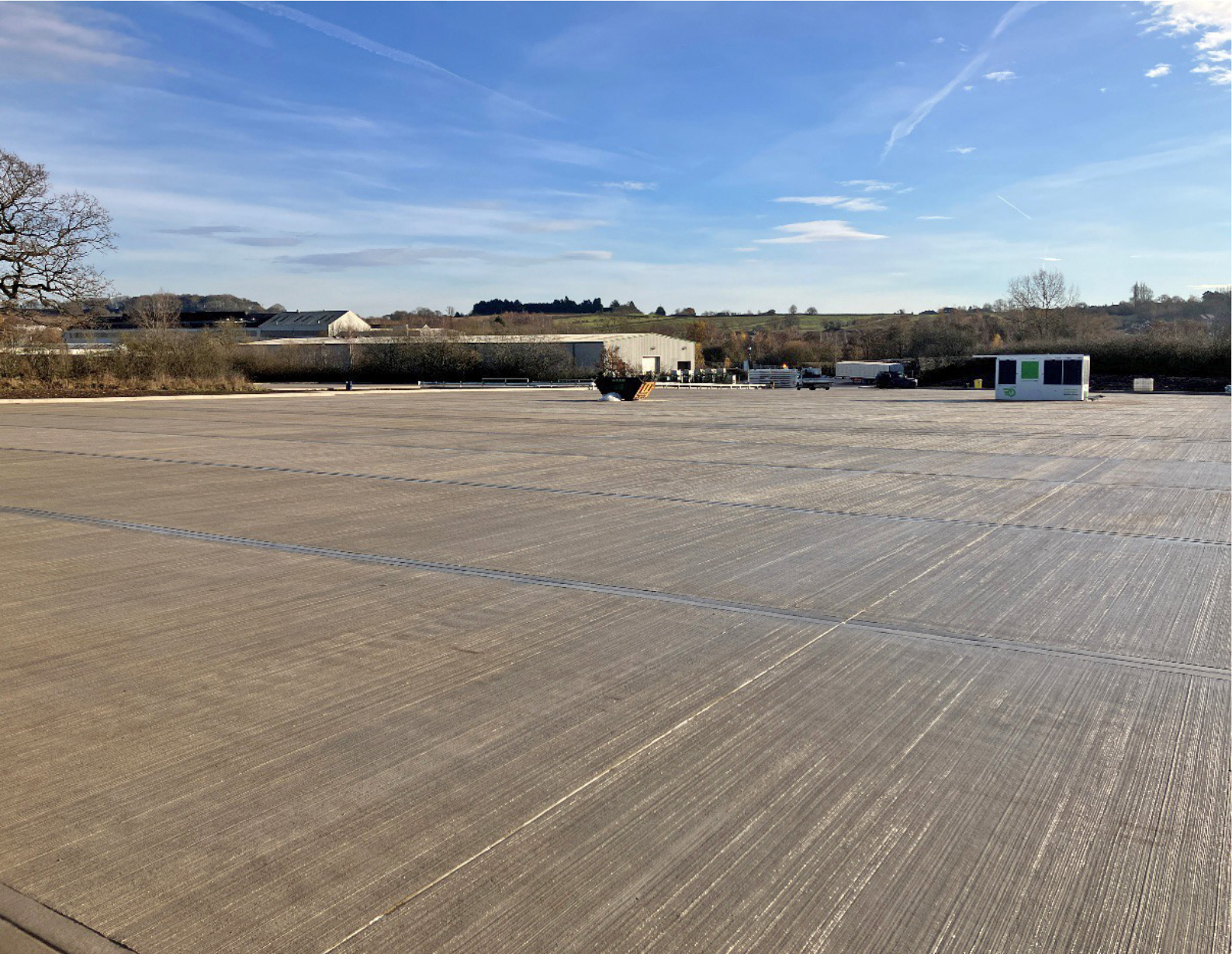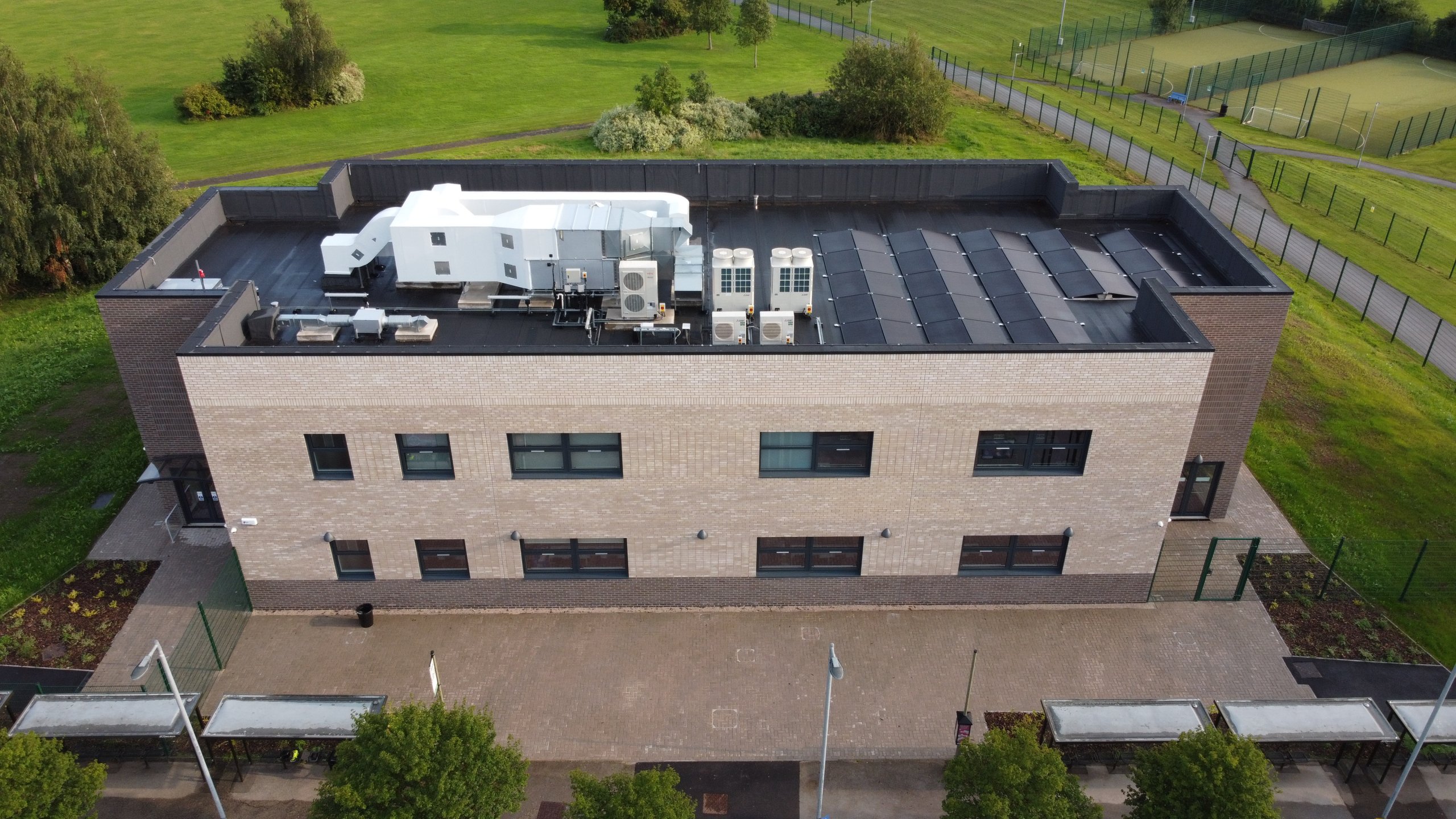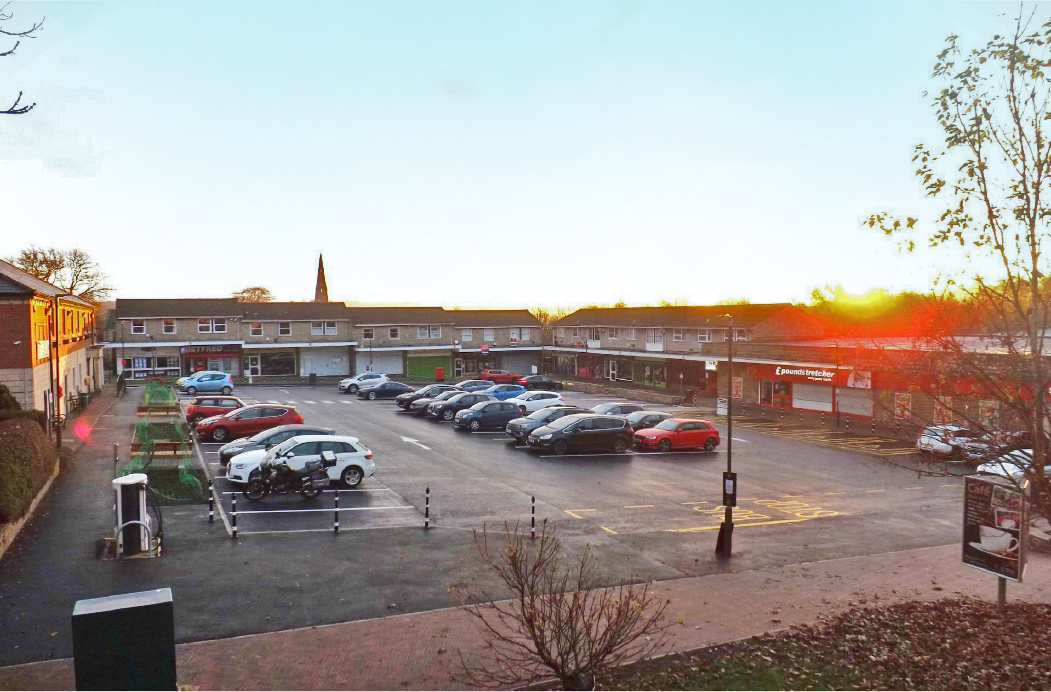London Gateway, DP World
Stanford-Le-Hope, Essex
We supported our client, Goldbeck Construction Limited, on their first venture of this kind in the UK to develop the entire structural design from tender through to construction and completion for the 135,000 sq.ft. multi-span portal frame building.
What we did
Structural engineering
Development of the structural design of the superstructure from RIBA Stage 4 onwards, including the multi-span hot-rolled steel
portal frames, cold-rolled steel members supporting the building envelope, the composite concrete 1st and 2nd floors and the main steel connections.
The structural elements were modelled using REVIT 3D software to comply with BIM Level 2 protocols and to allow the model to be shared with the various other disciplines and trades to ensure a collaborative approach to working. 2D and 3D information was then produced for setting out of all structural elements.
Adding value
Portal frame structures typically undergo detailed development by a specialist sub- contractor. Owing to Rodgers Leask extensive history of involvement at all stages on similar projects, which has furnished us with qualified knowledge about the individual processes and responsibilities on this type of project, we were employed by the main contractor during the tendering process, to develop a design for all of the structural steel elements for inclusion as part of their complete tender submission.
Our comprehensive understanding of the analysis and design of steel portal frame structures enabled us to incorporate cost efficiency through material savings that eventually proved to be a key driver of the success of the main contractor’s tender submission, against a backdrop of what was certain to have been a very competitive tendering process.
Sustainability
At Rogers Leask, we always make sure sustainability is at the forefront of our designs. For projects such as this, we carried out a diligent analysis of the loads acting on the building, which ensured the magnitude and combinations of loads acting on the building at any one time were both realistic and proportionate. This approach produced a design that has minimal redundancy in terms of the amount and weight of the steel members that make up the structural frame and kept the thickness of the concrete floors at 1st and 2nd floor levels to a minimum.
We developed a structural design that utilised as little material as possible in the construction of the portal frames.
